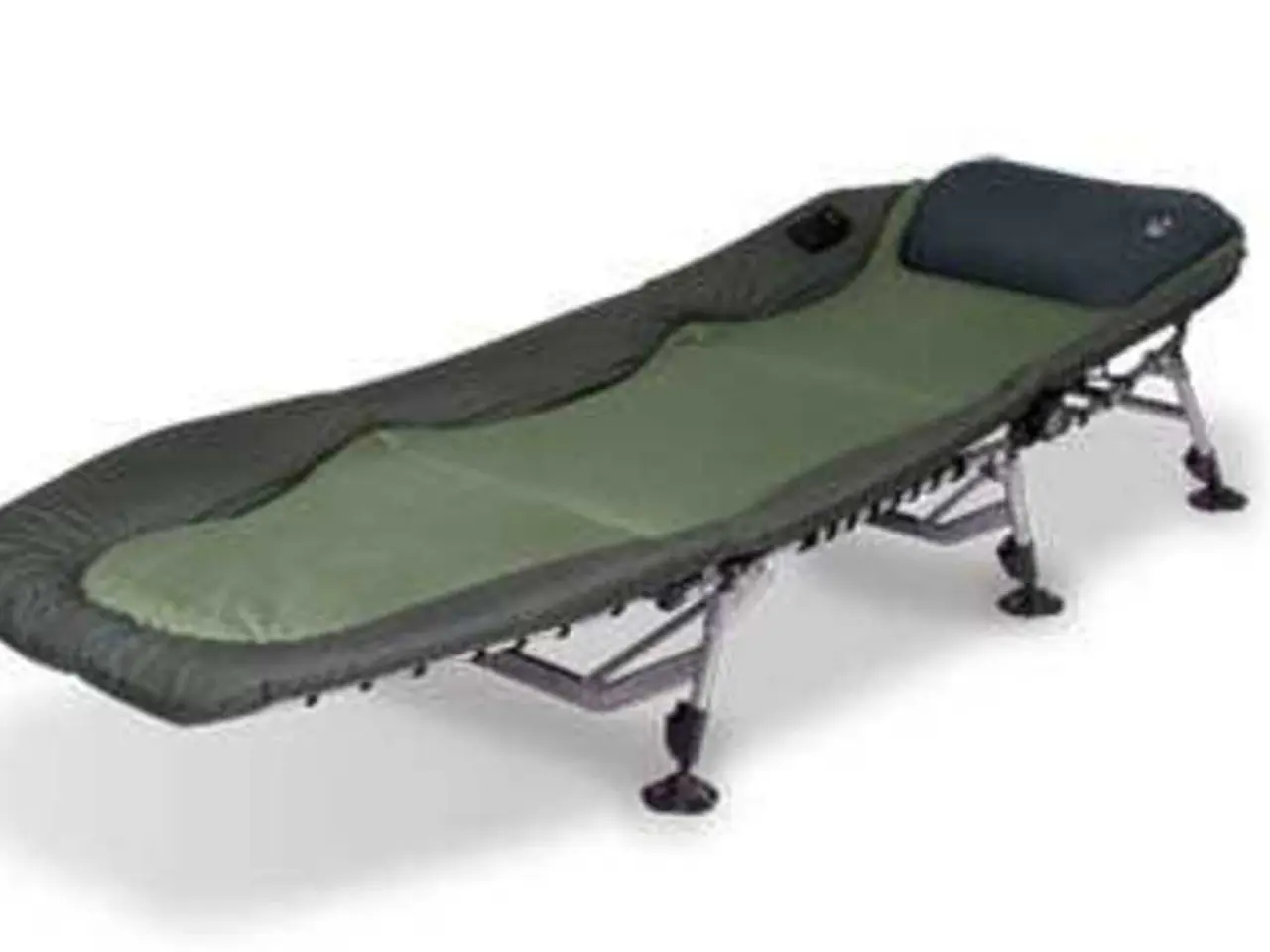3D Printed Joint Replacement Technology Secures £2.5 Million Funding from OSSTEC
In a groundbreaking development, London-based start-up OSSTEC has unveiled its first product – a 3D-printed knee implant that aims to stimulate bone growth and offer less invasive solutions for knee replacement surgeries. This technology, which has already attracted 2.5 million GBP in funding, is set to significantly improve patient outcomes and cost-efficiency in orthopedic surgery.
OSSTEC's patented 3D printing technology allows for the creation of implants that mimic both cartilage articulating surfaces and bone-fixing structures, providing a custom fit for each patient's unique anatomy. This results in better implant alignment, improved fit, reduced wear, and more natural joint movement, leading to faster rehabilitation and enhanced long-term functionality.
From a cost-efficiency perspective, 3D printing reduces manufacturing and inventory costs by producing implants and surgical tools on-demand, requiring fewer materials and less manual labor than traditional methods. This can lead to lower overall healthcare costs and improves sustainability due to less waste and resource use. Additionally, the technology aids surgical precision, reducing operation times and potentially lowering the risk of costly revision surgeries.
Key benefits and impacts of this technology include:
- Patient Outcomes: Customized implants for better anatomical fit, reduced bone removal, and better joint function. Faster rehabilitation and decreased complications.
- Surgical Precision: 3D-printed cutting guides improve bone cut accuracy, and pre-surgical practice with anatomical models enhances surgical confidence.
- Cost Efficiency: On-demand production reduces inventory and waste, lower material and labor costs compared to traditional manufacturing, and potential reduction in revision surgeries due to better initial fit.
- Treatment Personalization: Incorporation of patient-specific imaging data leads to implants customized for individual needs.
Dr. Alex Liddle, the Chief Medical Officer at OSSTEC, stated that OSSTEC's 3D printing technology eliminates mechanisms of failure seen in previous cementless knee replacements. With 450,000 of these surgeries being for young patients who face a high risk of failure and revision surgery (35%), the benefits of OSSTEC's technology are expected to provide value for patients, surgeons, and the wider healthcare system.
This exciting new development in orthopaedics, led by OSSTEC's technology, promises improved fixation and reduced risks, marking a significant advancement in unicompartmental knee replacement surgery. The funding will enable OSSTEC to launch in the market, scale its impact, and engage in strategic collaborations.
References:
- 3D Printing Technology in Joint Replacement Implants
- The Advantages of Cementless Partial Knee Replacement
- How 3D Printing Improves Patient Outcomes in Orthopedic Surgery
- The Impact of 3D Printing Technology on Healthcare Costs
- The digital health sector has seen a notable investment with London-based startup OSSTEC receiving 2.5 million GBP, which they will use to launch their 3D-printed knee implant that stimulates bone growth.
- This innovative technology in medical-conditions, such as knee replacement surgeries, is expected to revolutionize health-and-wellness by providing less invasive solutions, improved patient outcomes, and cost-efficiency.
- OSSTEC's technology, which includes 3D printing and science, streamlines production processes by creating implants and surgical tools on-demand, reducing manufacturing costs and increasing sustainability.
- When it comes to financing, the technology's investing potential in the field of health-and-wellness is considerable, as the lower costs and customized solutions offered could lead to increased revenue due to a higher number of successful surgeries and reduced need for revisions.




